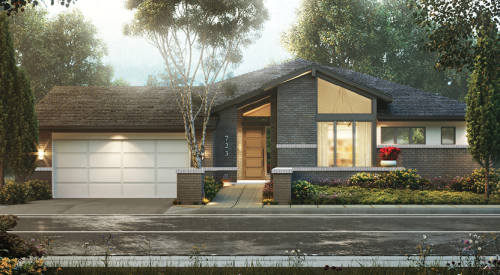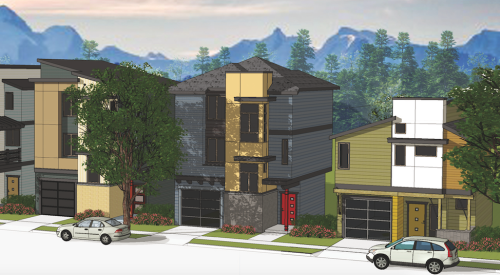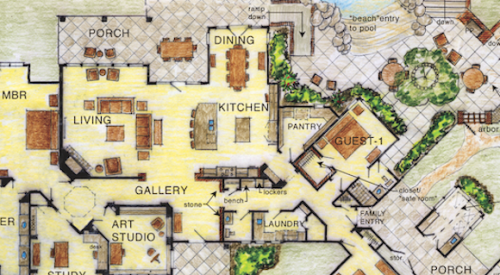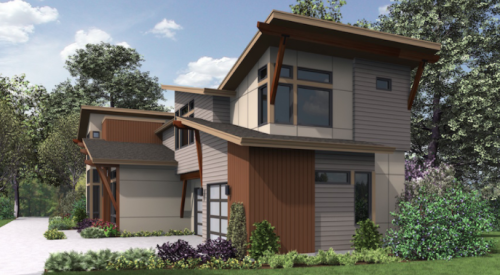WE ASKED: What are the top design trends your company is noticing in your region?
 |
ARCHITECT: Joe Safin
FIRM: BSB Design, Chicago and Des Moines, Iowa
Builders are looking for affordability and efficiencies in functionality and space, Safin says. "We'll say, this is the room count, but if I scale back, can I make it better?" That might include omitting a living room and "making sure we don't over program."
Safin also notes home buyers' requesting a greater variety of elevations, such as warmer, romantic styles like French country and Craftsman. Other trends: mixed-use living (such as first-floor retail space topped by residences); a gain in green building momentum; and clients who are retooling their existing home plans to save the time and money and avoid crafting entirely new designs.
 |
ARCHITECT: Jerry Gloss
FIRM: Knudson Gloss Architects, Boulder, Colo.
"Colorado is finally embracing the outdoor room," says Gloss, whose firm has been working for a year and a half to introduce outdoor rooms. European-style elevations such as Italian hillside, Tuscan, English cottage and French custom; low-maintenance exteriors (particularly among baby boomers); and flexibility in room usage top the firm's requests, as do wine rooms.
 |
ARCHITECT: Chip Pierson
FIRM: Dahlin Group Architecture Planning, California
Pierson identifies a strong interest in higher-density, single-family detached homes, and fewer townhouses. In suburban areas, non-three-story homes on small lots are popular. And interest in sustainable design has grown particularly in affluent and infill communities, "but no one knows what it is, and they're not sure how to do it yet."
NortheastARCHITECT: Victor Mirontschuk
FIRM: EDI Architects, New York office
Mirontschuk names three trends, and he says they appear in EDI's other offices across the country, too: builders shifting from condos to apartments; requests for more affordable housing; and a focus on higher-density housing close to existing commercial centers. Square footage is shrinking, too, he says, and attributes it to a changing demographic of baby boomers, lack of land and a resurgence in urban centers. "The most valuable thing for them is time," Mirontschuk says, "and they don't want to be spending time commuting."
 |
ARCHITECT: Stephen Herlong
FIRM: Stephen Herlong & Associates, Isle of Palms, S.C.
"We're a coastal environment, so one requirement is that we can build a house that can withstand the elements — that they will exceed code." Low-maintenance homes pull rank, too, as does adding green features such as wider awnings to protect the house from the sun and using a combination of greener materials and greener design. Herlong notices more interest in taking interiors to a more creative level. "We offer interior design, and they're services builders take advantage of."












